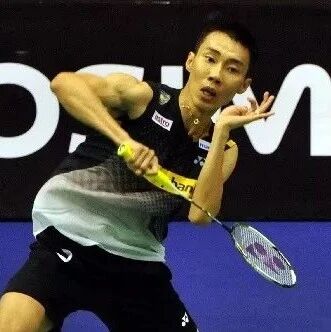These 7 body parts are most prone to injury when playing badminton—how can you improve?
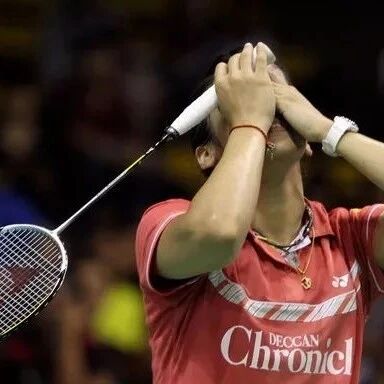
The main reasons behind this injury phenomenon:
1. Lack of sufficient attention at the level of mindset and awareness;
Second, many badminton players often overlook these two points because they don’t fully grasp the fundamentals of the sport.
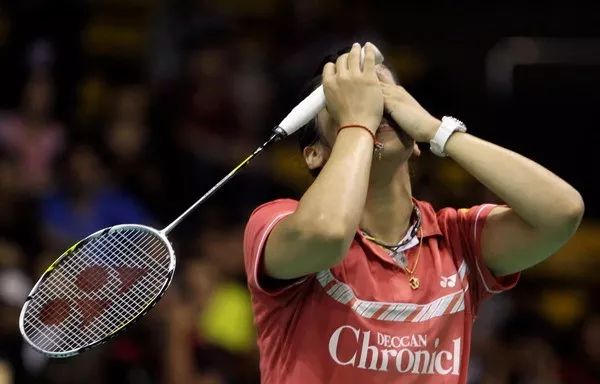
Understanding which parts of the body are prone to injury when playing badminton, identifying the common causes of these injuries, and learning how to prevent them—that’s exactly what we need to figure out, so we can enjoy badminton safely and sustainably for years to come.
[Badminton Called the "Knee Slayer"]

In badminton, athletes frequently perform rapid, short-distance movements that involve sudden changes in direction, sideways shifts, forward and backward bends, jumps, lunges, and powerful backpedals. During these actions, the knee joint's stabilizing structures are constantly subjected to intense tensile and shearing forces. As a result, even minor coordination issues, overexertion, or excessive fatigue can easily lead to acute knee injuries. That’s why badminton is a sport that puts significant stress on the knees—and why it’s especially important to prioritize knee protection in your daily training and play.
Improvement measures:
To increase strength in this area, try wall-assisted half squats or weighted static half squats. When performing these strengthening exercises, start with a knee bend angle that’s just enough to avoid knee pain, gradually increasing it until it reaches no more than 90 degrees. Each session can begin with as little as 5 minutes, slowly working up to 30 minutes or longer. During the exercise, stop once you notice a slight tremor in your quadriceps muscles. Additionally, wearing a knee brace during activity is an effective way to prevent knee injuries.

Many tennis players experience severe shoulder pain after playing, with some even finding it impossible to lift their arms—this is a classic case of a shoulder injury. There are two main reasons for this: first, improper technique—specifically, failing to relax the shoulder during the swing and swinging the racket with excessive force; second, while the technique itself may be correct, insufficient muscle strength can still lead to strains, especially when attempting powerful smashes.

Improvement measures:
First, refine your batting stance; second, strengthen your shoulder muscles by holding a weighted object at your elbows, raising it horizontally to shoulder height for 1–2 minutes per set, repeating 4–6 sets. During breaks between sets, be sure to relax—while relaxing, perform exercises like forward and backward presses, as well as circular movements of the shoulders in both directions.
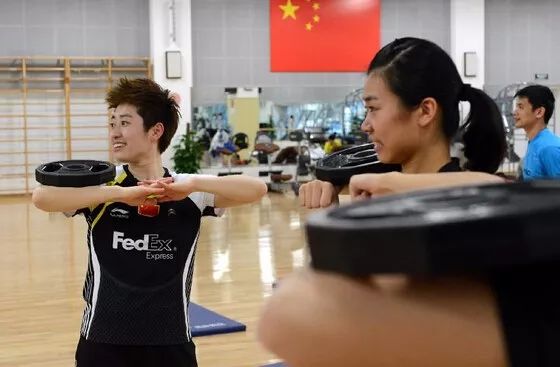
Incorrect wrist movement during smashes, combined with frequent wrist use at the net—and the fact that the wrist itself is relatively fragile—equals a higher risk of injury.
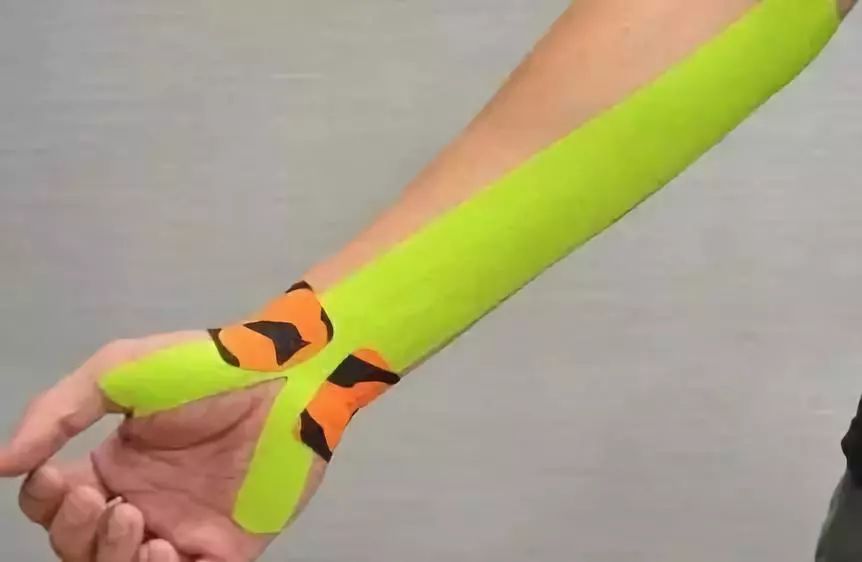
Improvement measures:
1) You can use small dumbbells to build wrist strength. Adjust the number of repetitions and the weight based on your individual fitness level, stopping when you start feeling arm fatigue or soreness with each set.
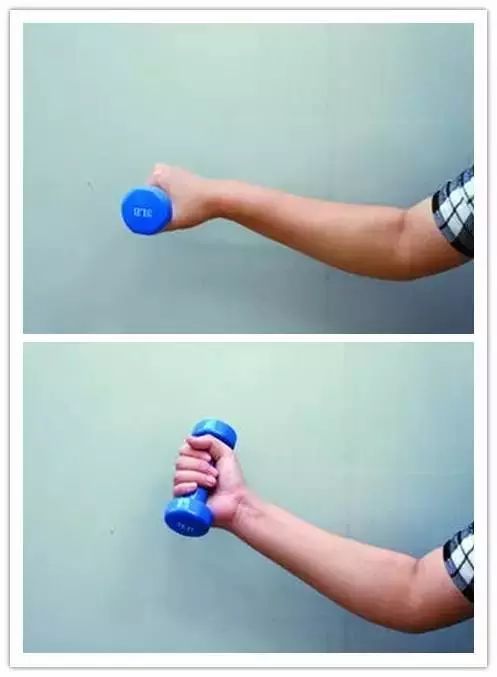
2) You can also practice by swinging a tennis racket in an "8" shape to strengthen and improve the flexibility of your wrist muscles. Alternatively, you can use a water-filled mineral bottle instead of dumbbells—this not only helps build wrist strength but also enhances finger power. Be sure to wear a wrist guard or secure your wrists with an elastic bandage during the exercise. Adjust the intensity of your workout based on your own fitness level and comfort.
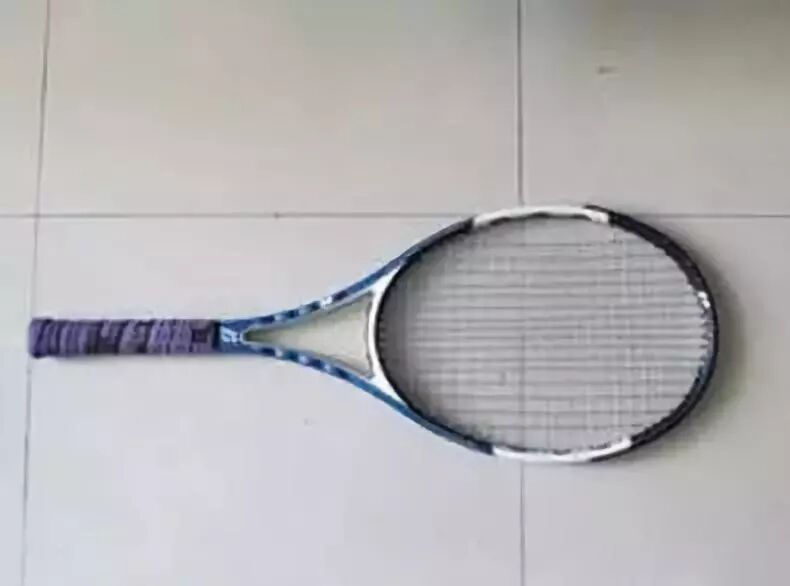
"Tennis elbow" is the most common injury among all racket sports. This is because many of the muscles that control movements in the fingers, wrist, and forearm are attached around the elbow joint. In badminton techniques, actions like wrist flexion and forearm pronation occur frequently. For example, the backhand stroke relies heavily on the flexor and pronator muscles of the upper limb to execute the movement effectively.
When the elbow joint is at 130–180 degrees, the combined force of the extensor muscles is most concentrated, and the lateral ligaments are under maximum tension. At this point, applying the greatest force during a throwing motion could potentially lead to injury. Therefore, in badminton, strengthening protection for the elbow joint and proactively preventing tennis elbow are absolutely essential.
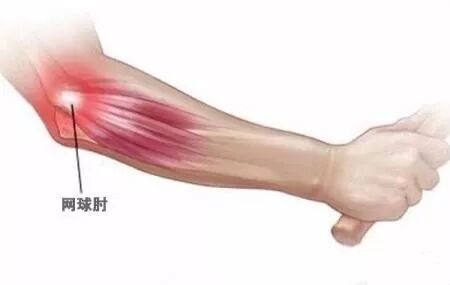
Improvement measures:
After developing tennis elbow, first take a break and resume training only after the pain has completely subsided. In most cases, addressing tennis elbow involves correcting your technique and focusing on proper force generation. Additionally, you can try the prone static support method, which primarily aims to strengthen the affected area. When performing these exercises, keep your elbows slightly bent, and adjust the intensity based on your individual condition. During the recovery and strengthening phase, consider wearing an elbow brace or elastic bandage for added protection—especially if needed.
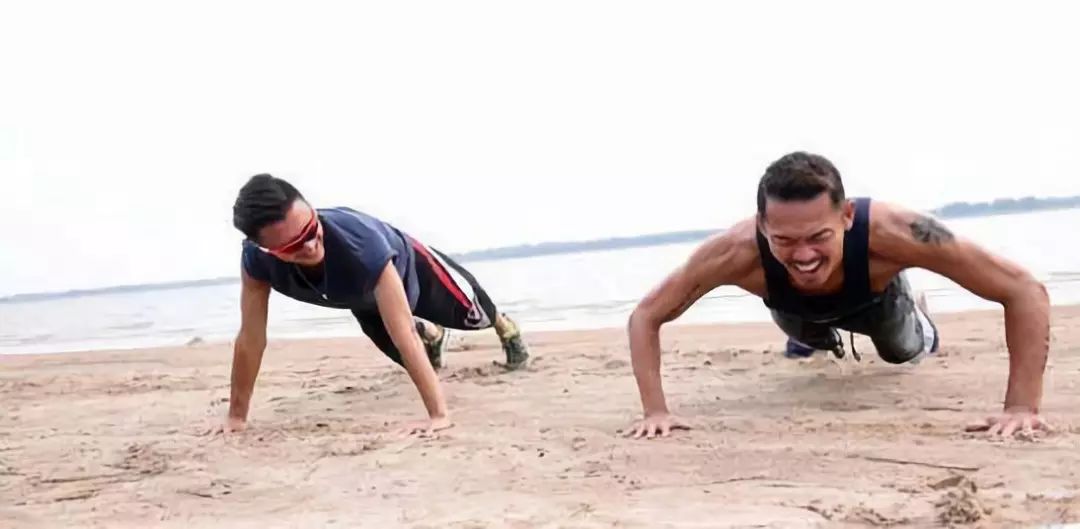
Due to the technical characteristics of the swing, the core is the primary area where force is generated—and also the region most frequently engaged. If the muscles in this area are weak, it becomes easy to develop strain or even suffer direct injury.

Improvement measures:
For these wear-and-tear-prone areas, it's crucial to focus on strengthening your core muscles regularly—through exercises like planks, back extensions, and leg raises. Additionally, you can incorporate stretching routines such as waist circles and gentle twists to keep the area flexible. And don’t forget to use a supportive waist belt during physical activities for extra protection.

Strains in the thigh often occur when players don’t warm up adequately or attempt unexpected movements—like diving for a ball or reaching for a high shot. Winter, in particular, is a high-risk season for such injuries, so players should definitely stay alert and take precautions.
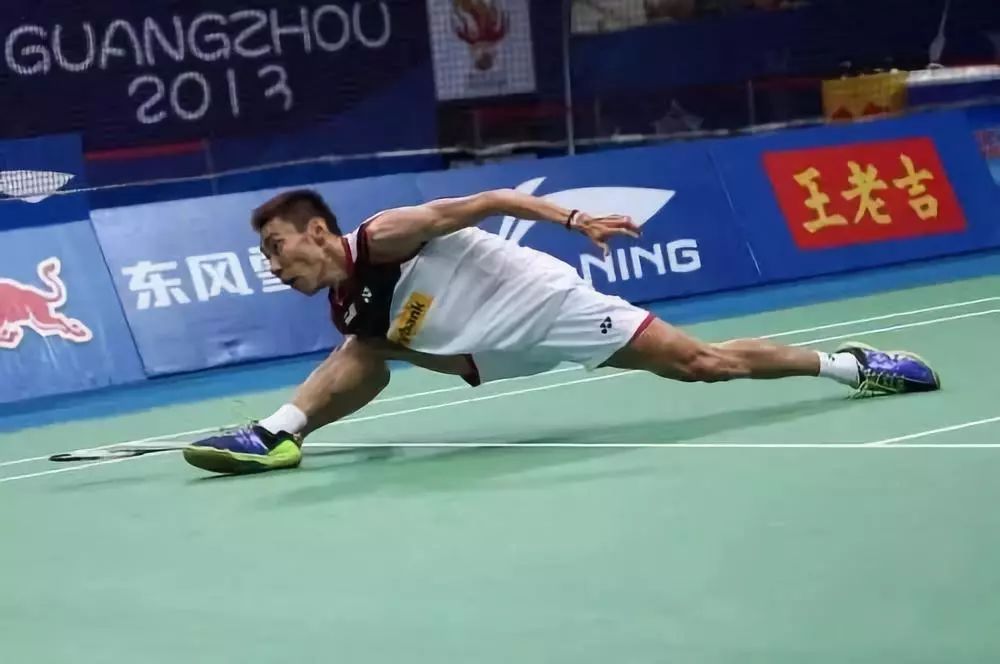
Improvement measures:
First, it’s important to thoroughly warm up with side leg presses. Next, focus on strengthening your thigh muscles while also improving muscle flexibility—incorporate exercises like barbell-weighted forward and backward lunges, as well as weighted leg lifts performed to the front, back, and sides. During these activities, you can use elastic resistance bands for added protection.
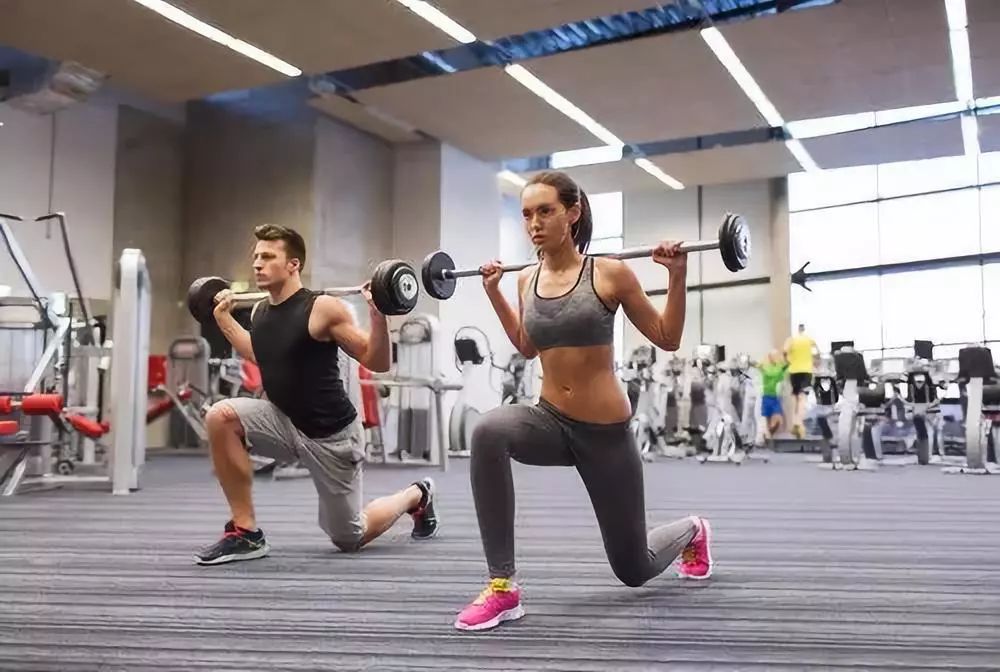
When quickly moving your feet—whether due to panic or forcing a catch—the risk of ankle inversion or eversion increases, potentially leading to ligament injuries if your steps aren’t aligned in the correct direction.
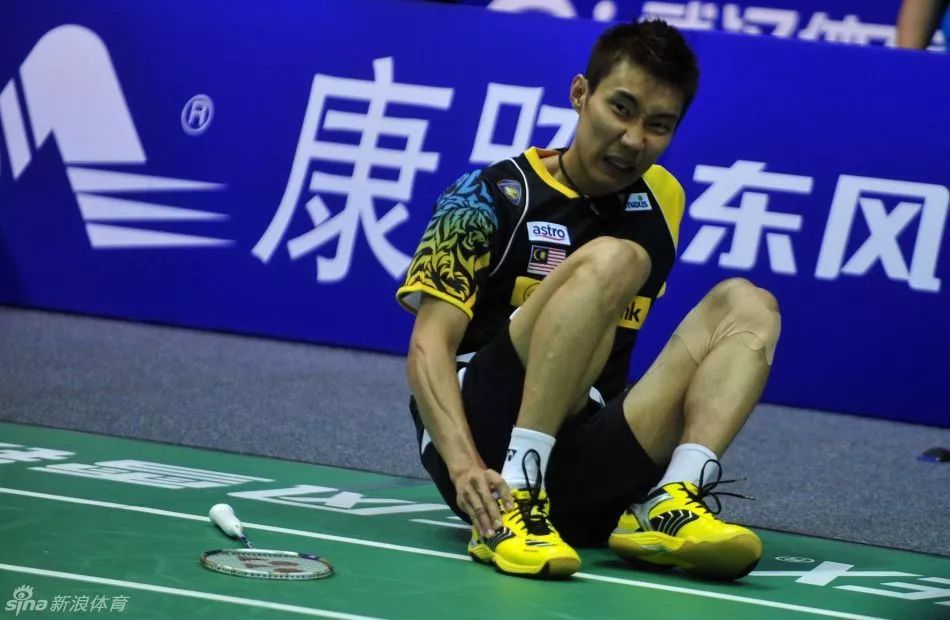
Improvement measures:
Try rope skipping or calf raises. Regular strength training is highly beneficial for improving footwork agility and preventing injuries. For individuals with minor injuries, consider wearing an ankle brace during exercise; in more severe cases, you can further stabilize the ankle by wrapping it with an elastic bandage over the brace.
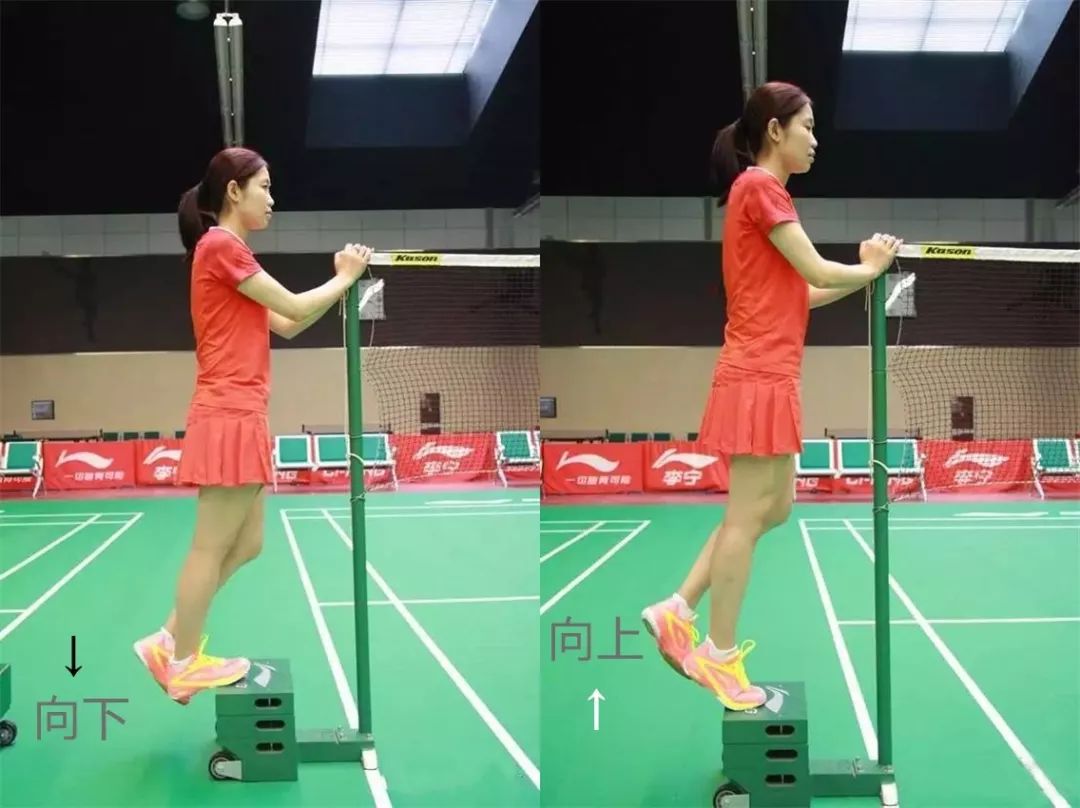
For vulnerable areas, improvements and strengthening are essential; for already injured areas, prioritize rest first. Once pain and discomfort subside, gradually resume with recovery-focused training—starting with proper technique. Better safe than sorry: most people only realize the importance of injury prevention after they’ve already been hurt, so never wait until that day arrives.


Related Articles
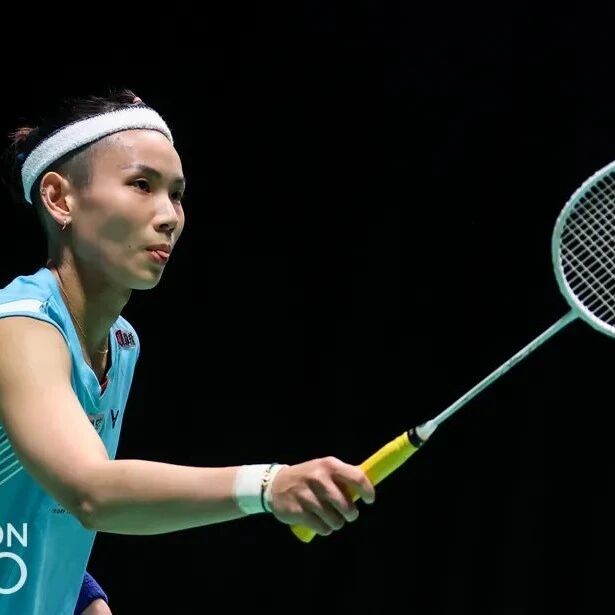
Mistaking the very first step in playing badminton? Check now to see if you're falling into racket-gripping pitfalls.

Big drama unfolds! A lawyer's letter has arrived | Yang Chen, the internet sensation, continues his public takedown of influencer Wang Xiaoyu—blame it all on her livestreamed product promotions!
